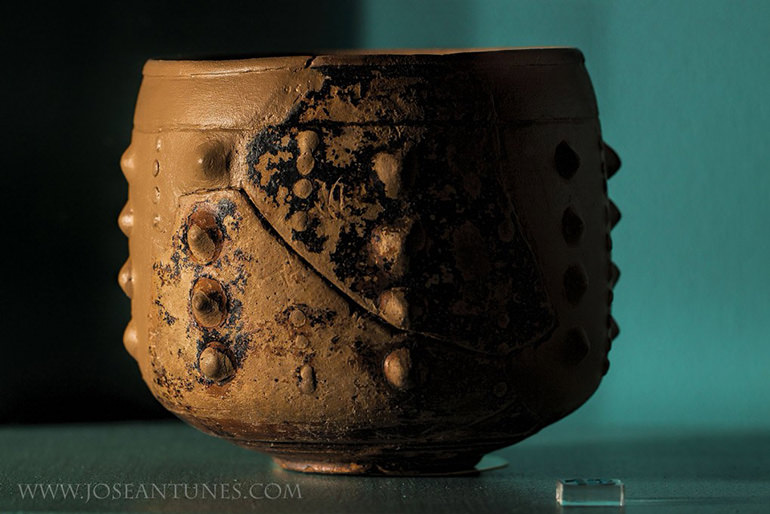
Spectra LED светильник:
ваше портативное солнце всегда рядом

José Antunes
I’ve used LED lights consistently since 2010, and not necessarily for the same things many other photographers use LED lights. This type of light source became popular for use with videographers, and photographers soon discovered that one or more of these small lights on the hot shoe of a DSLR or on a lighting stand could be their best friend to work in places where natural light was scarce or non-existent.So, video is the reason many customers first buy a LED light.
I do not shoot much video, I am more of a photographer, but I use LED lights more and more, as my continuous light source, both in the studio and in the field. I recently spent some days photographing a museum exhibit and I used these lights instead of flash or any other source. But my use of LED lights extends to different types of photography, and I use them for anything from portraits to photographing flowers to Roman artefacts. Knowing my interest in the use of LED lights, Manfrotto sent me a couple of their recently launched Spectra LED lights to test. That’s the experience I want to share with you in this article. But first let’s look at what Manfrotto offers to meet the needs of demanding professionals and advanced amateurs.
A Reliable Portable Sun
The product family of Spectra LED lights is composed of five models, covering most of the needs for different types of photographers/videographers wanting portable systems to take anywhere. The Spectra LED lights pretend to stand out from the crowd of standard LED panels and set a new benchmark for light quality and performance. On first contact they surely do, with a nice design that separates them from the box-shaped LED lights I’ve used previously. But you really need to use them to understand the potential hidden inside these little portable suns.
The five on-camera models available offer increasing light output and two different beam angles (narrow beam and wide beam). Manfrotto Spectra series uses only the highest quality LEDs made specifically for them to their own specification to guarantee the same level of performance on each and every device.
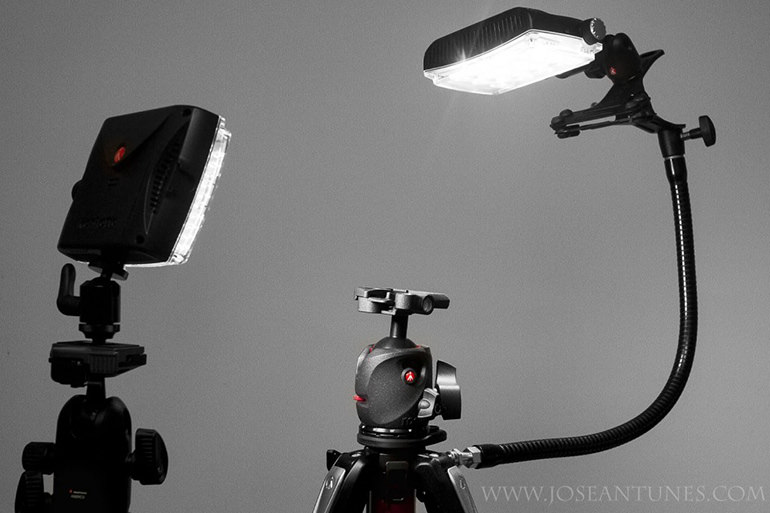
Thanks to the excellent colour rendition (CRI>90), Spectra LED fixtures give great colour reproduction and the skin tone rendition of subjects is natural. The light output is typically centered at 5600°K and one model, the 900FT, is provided with the possibility to change colour temperature from tungsten (3200°K) to daylight (5600°K). Light intensity can be regulated with a dial, without a colour shift. Spectra LED lights are carefully designed to be flicker-free at all shutter angles.
Powering the Spectra
The lights can be powered by four or six (depending on model) AA alkaline, AA rechargeable, (NiCad and NiMh) and some models will take Lithium batteries. An optional AC adaptor is available for all models for long or continuous use. Average battery life is dependent on batteries used. From 1,5hrs to 6 hours life in normal conditions of usage at the highest output, depending on model and battery type. With lithium cells it is important to remember they might get overly warm up and some Spectra models have built in thermal protection to counter this. Light intensity can be precisely regulated through a dimmer, while avoiding colour shifting, so often found on other models and the circuitry is designed to avoid flickering at all shutter angles when shooting video.. A ball-head with hot-shoe attachment for orientation of the light is included in the packaging. Filters are provided in ¼ CTO warming, Full CTO warming and Opal diffusion. These filters may be used in combination with each other. The lights can be used either on-camera, via ball head, or in combination with Manfrotto’s numerous accessories (stands, booms, clamps, arms..), using the ¼” threading on the bottom of the device.
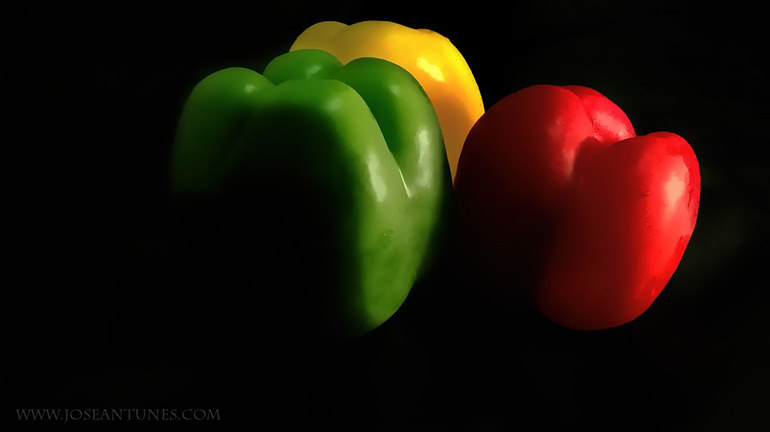
The Spectra Family
Let me present you the essential information about each model:
Manfrotto Spectra LED 500S
This is an ultra compact, lightweight and portable LED light with 48 LEDs. Light is emitted with narrow beam angle (30°) and it has a constant colour temperature of 5600°K (daylight), with a luminance of more than 300 LUX at a distance of 1m. The device can be powered by four AA alkaline, AA rechargeable or AA lithium batteries. Average lifetime is up to 6 hours hrs in normal conditions of usage.
Manfrotto Spectra LED 500F
Despite being very compact (fits nicely in my hand), this model offers outstanding performance and is very robust. Thanks to its slim and elegant design, Spectra 500F stands out from the crowd of existing standard LED panels. Light is emitted with wide beam angle (60°) LEDs which are surface mounted and differ from the 5mm pin through LEDs seen on all the other models. It has a constant colour temperature of 5000°K (daylight), with a luminance of more than 550 LUX at a distance of 1m. The device uses six AA alkaline, AA rechargeable or AA lithium batteries. Average lifetime is 1,5hrs in normal conditions of usage, at the highest output.
Manfrotto Spectra LED 900F
This model is also very compact and yet robust device, offering outstanding performance. Light is emitted with wide beam angle (50°) and it has a constant colour temperature of 5600°K (daylight), with a luminance of more than 900 LUX at a distance of 1m. The device uses six AA batteries. Average lifetime is 1.5 hr in normal conditions of usage. The LED light can also be operated by mains, through an optional AC adaptor and is provided with D-Tap input, which allows the use of various power sources utilizing D-Tap plugs (D-Tap Adapter Cable is not included).
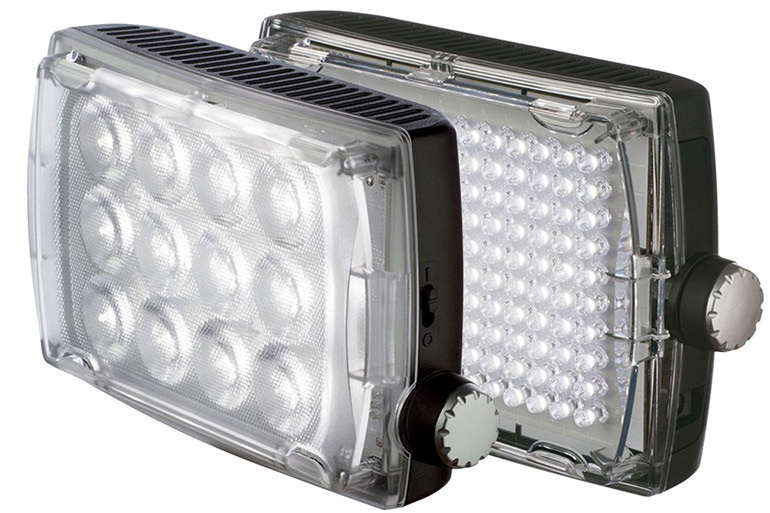
Manfrotto Spectra LED 900FT
The 900FT is similar to the 900F but offers a variable colour temperature (through an extra dimmer on the body), from 3200°K (tungsten) to 5600°K (daylight), with a luminance of more than 540 LUX at a distance of 1m. The device uses six AA batteries which give an average life of 1.5hr. The LED light can also be operated by mains, through an optional AC adaptor and is provided with D-Tap input, which allows the use of various power sources utilizing D-Tap plugs (D-Tap Adapter Cable is not included).
Manfrotto Spectra LED 900S
Finally, the Spectra 900S offers a slim and elegant design. Light is emitted with narrow beam angle (30°) and it has a constant colour temperature of 5600°K (daylight), with a luminance of 900 LUX at a distance of 1m. The lumière takes six AA batteries with average lifetime of 5 hours.
Testing the 500F and the 900F
Now that I’ve presented the whole family let me look in detail at the two Spectra LED lights I received for testing: the Manfrotto Spectra LED 500F and the Manfrotto Spectra LED 900F. Those always going for power will look with awe at the 900F, bigger (not much, but enough to make a difference) and more powerful. Yes, it is, but in use I found I was more times picking the 500F. Why? There are some good reasons why I prefer the 500F. It is smaller, and in fact something you can easily carry with you in a medium pocket on a photographer’s vest. It has a battery gauge which is green when the battery level is high, amber when they’re below 10% and red when the batteries are close to failure. These are important warnings when you’re working and need to decide if you keep on shooting or it is about time to start thinking about changing batteries. In use the 900F failed me more than the 500F, simply because with the smaller unit, the glowing light served as a guide.
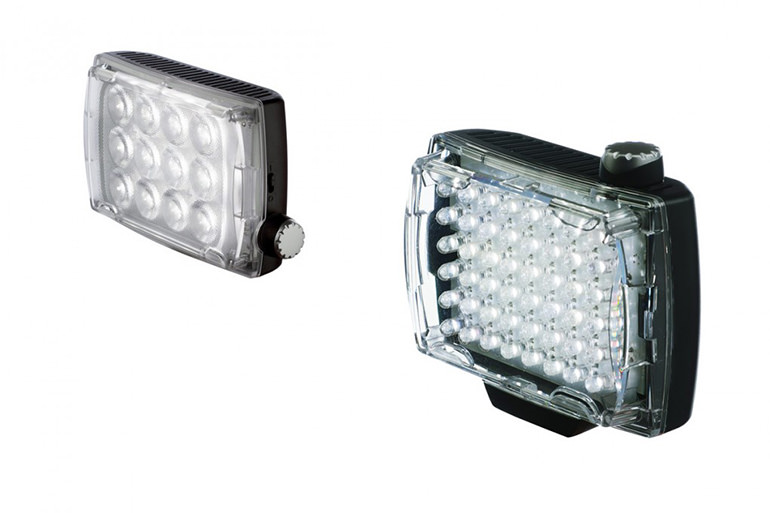
There is a second good reason why I like the 500F: it has a “boost” button that gives you some 60% extra light when needed. This means the 500F can pack power similar to the 900F. The “boost” button, on the back, has its own warning light, glowing green if boost is available (you’ll immediately notice the intensity of light, anyway) and red if your AA batteries cannot deliver enough power. If using the AC Adaptor, the “boost” is always available and will work continuously, unless the thermal protection triggers.
Furthermore, there is another reason why I loved the 500F… and wish Manfrotto would follow that design for the other lights in the family: the 500F has a dimmer to control the light intensity, and has an on/off button that should be present in the 900F as well (it isn’t). Having the means to switch the unit on and off without changing the light intensity is great. I mention this from experience: while photographing at the museum I wanted to keep the light constant at a certain level, but could not do it with the 900F, as the dimmer is also the on/off button. On the 500F, once I had defined the light intensity, I could simply use the on/off button when I needed to shut down the unit to fit spare batteries while doing something else, and return to the exact same light level – and exposure – when I activated the 500F again.
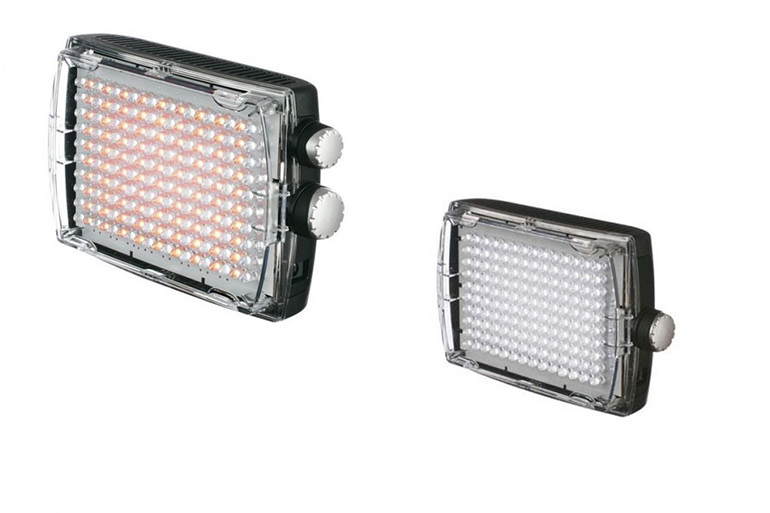
Can we Have Radio Control, Please?
So, I much preferred the Spectra LED 500F, for those practical reasons. If I was asked how to improve these lights I would recommend the use of some kind of markings on the dimmers, so photographers know exactly how much power they’re dialing in. This could probably help with the models that do not have an on/off switch, but even on those which have it could be helpful. There is also something I would like to see in future LED lights: the option to control them via radio. I know this may sound as a strange request for some people, but these days, when flash can be controlled by radio, I see no reason why other light sources can not be controlled the same way. Having ways to control LED lights from the camera may not be something most people, working at close distances, deem interesting, but if, like me, you use lights positioned some meters away from you, being able to control everything from the camera is a desirable feature. I do know this can increase the price of products, but it surely can be an interesting feature. Especially with light systems that although using LEDS can eat batteries on a long session, if you leave them on for long periods.
Flash and LEDS are Good Friends!
I do not think LED lights will take the place of flash for a lot of things, but they can work alongside and give you some unexpected results and extensive control. I love to use flash for its high-speed synch capabilities and the way it lets me control the ratio between natural and artificial light, and that’s something LED lights are not changing. But LED lights can be considered modern day sources of continuous light, without the problems of the size of those lights, and the heat caused. A couple of LED lights can be carried in a photographer’s vest or bag (remember to pack extra batteries or a means to connect to the mains) and will do wonders for your photography.
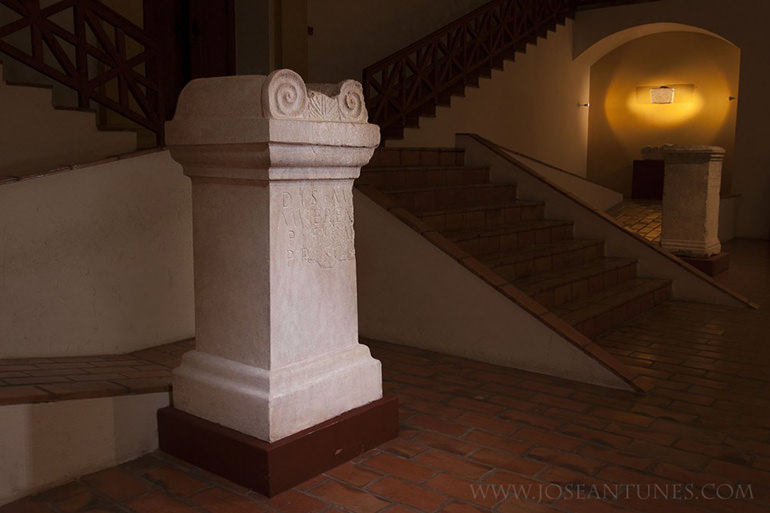
The images published with this article are all taken with the Spectra LED lights Manfrotto sent me for testing. They are the best example of the variety of situations and the kind of results you can achieve in photography. For example, I’ve discovered that a light like the 500F may be the best friend a Smartphone photographer can have. Smartphone cameras do not deal very well with low levels of light, and the on-board flash is usually best forgotten. Having a 500F will open new horizons for any Smartphone user that wants to give some “oomph” to his/her pictures.
The photo with the three peppers is a tribute to Edward Weston Pepper No. 30, and is a sign of the potential for some creative work done with the Nokia Lumia 620. It is a studio shot, with the background provided by the black side of a big sized round reflector/diffuser, and the light source is a Manfrotto Spectra LED Light 500F. Small portable LED lights like this are very interesting to use with small subjects and are a great helper for pictures taken with Smartphones. In fact, I’ve found myself using more and more LED lights for some projects, because I like the way they mimic “old” continuous light systems without the problems of heat.
Besides using the Spectra LED lights as common light sources, you can also use them to “paint” subjects during long exposures, something I use widely for my flower photography. The photograph of an orchid, a classic flower in my collection, was photographed with a 15 second exposure, painting the flower with the Manfrotto Spectra LED Light 500F, a technique I’ve used and illustrated previously here at Manfrotto School of Xcellence.
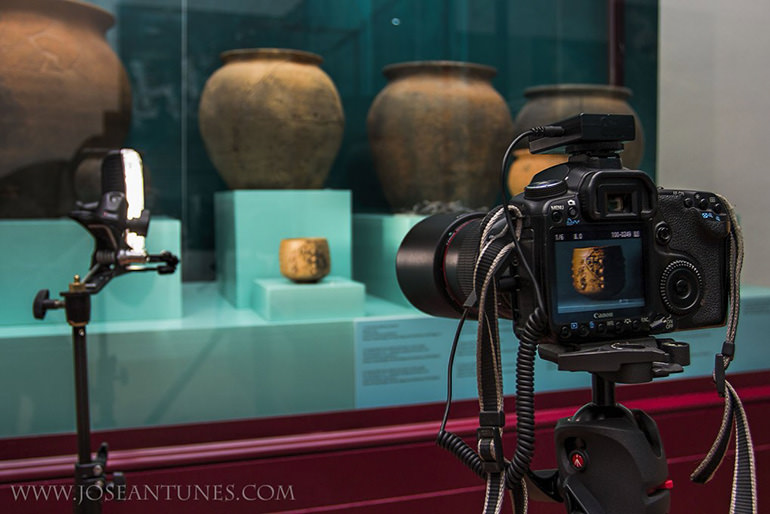
For more common uses, the lights can be used in product photography, as the shot with the two Spectra LED lights mounted on tripods suggest. They were used when shooting a tripod head for another article. In fact the lights can be used to almost anything. I used them intensively to shoot an exhibit about rituals of death in the Roman Age. The images published here illustrate how the work was done and the results obtainable. If you want to see the whole series of images made with these two Spectra LED lights, please check the slideshow published at my YouTube page, under the title DIIS MANIBUS – Rituals of Death During the Roman Age.
All the photographs – except those with the room lights on – were created with only the light from the 900F and, in most cases, the 500F. The experience of photographing archaeological artefacts in cabinet displays using only these lights was so interesting that I will, during 2014, offer some workshops on this specific technique, for small groups (maximum 4 persons) at the Archaeological Museum of São Miguel de Odrinhas, near Sintra, in Portugal. Besides learning the technique in a practical hands-on context, participants will have a chance to try these fantastic and portable light sources!
Discover the Spectra LED Lights.
